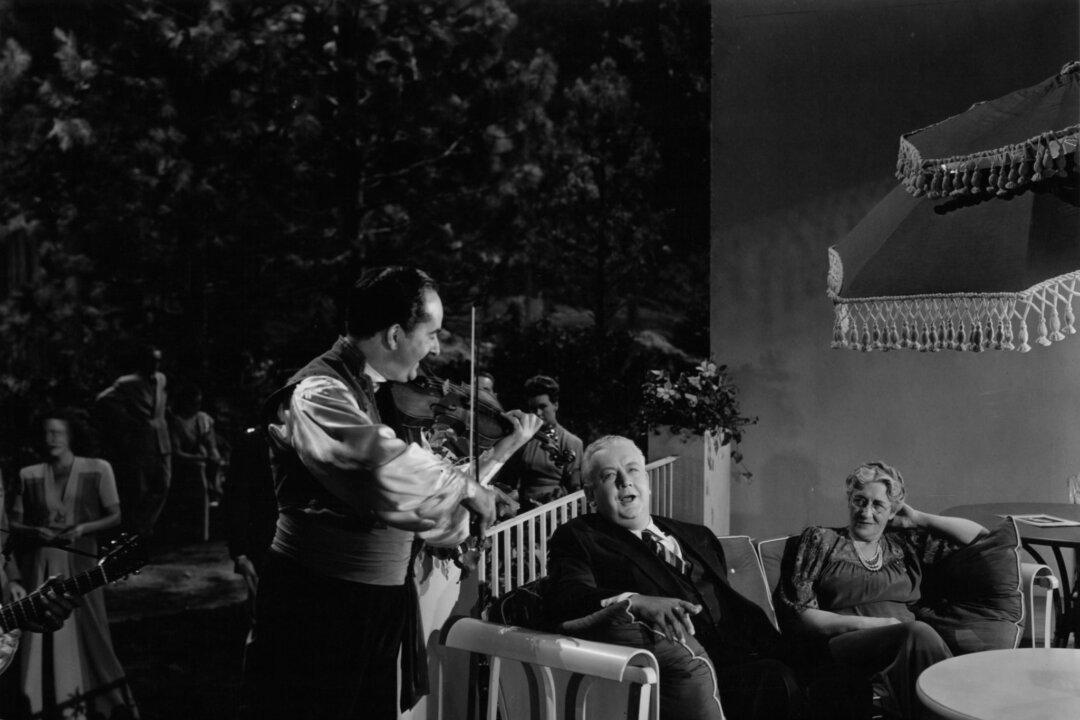Among the names of famous opera singers, it’s tenors that are most likely to be mentioned. Luciano Pavarotti remains one of the most recognized names and voices in opera. Most people recognize him from his participation with Plácido Domingo and José Carreras in the classical singing group, The Three Tenors.
The singer who deserves the credit for popularizing opera music in the United States, however, is Mario Lanza (1921–1959), an Italian tenor whose short life was marked by stardom on the silver screen instead of on the opera stage. Lanza was considered the successor of Enrico Caruso, the first international recording star. All these tenors are of a Romantic national background, either Italian or Spanish. Their specialty was the Italian verismo genre.






